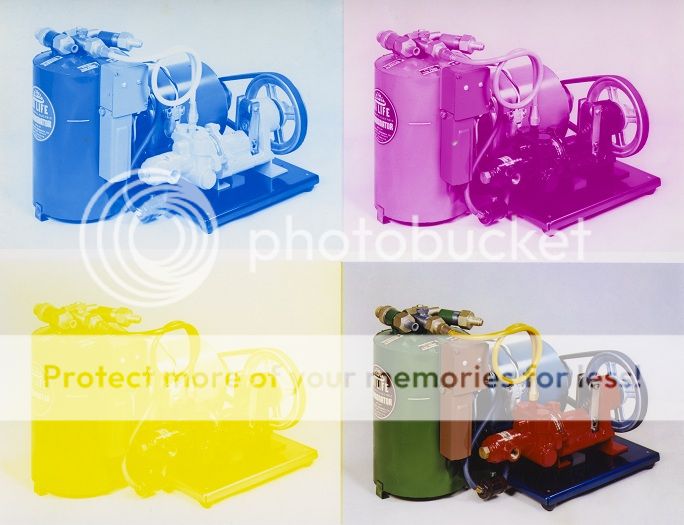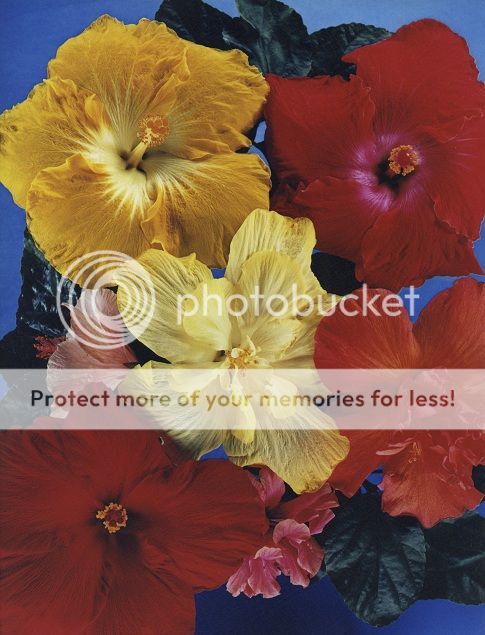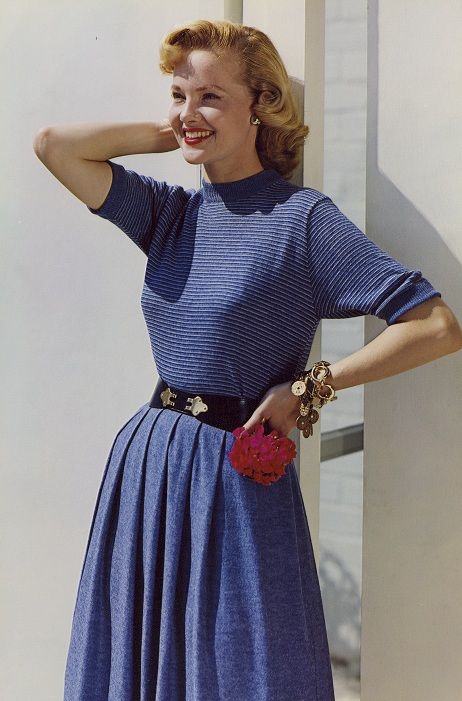I came across this old thread after doing researching on the web as to the legacy of the fabled dye transfer print in our digital age.
I thought I'd add my 2 cents to this old thread to at least memorialize a tidbit of more information about this subject. It is all being lost as the old timers die off.
In the 1970's I worked for a short time with Bob Pace at Graphic Process Co in Hollywood CA. Bob was one of the top dye transfer men in the country. When he worked as Pace Color Labs in N.Y. he rolled out transfers for the top photographers of that time including Irving Penn and Yousuf Karsh. Bob was very generous with his time helping me out.
The beauty of dye transfer was a fresh set of color prints could be rolled off at any time from archival processed matrix separations. But the inherent permanency of the dyes Kodak used seldom made this necessary. But if you wanted ultimate fade ability at that time, the prize went to ciba.
I remember Graphic Process having a display of giant cibachromes in the front window. Direct CA sunlight was blasting away at them all day. The cibachromes developed a craquelure to the base emulsion...but the colors never faded. They were really something when it came to fade resistance.
The bad thing about the ciba was the plastic look of the base material. Maybe they changed that, I have not kept up with it. They also left a lot to be desired in the area of print control that masking offered with the dye transfers. In the end, cibachromes could not compare to dye transfers when it came to making a beautiful, traditional print.
Here are some dye transfers from the late 1940's and early 1950's I just scanned today. They have been stored in normal conditions with contact to acid containing boards. No signs of fading I can see. Prints were either made by Dean Child or by a company he owned called U.S Color Print in Portland OR.







 Reply With Quote
Reply With Quote

Bookmarks